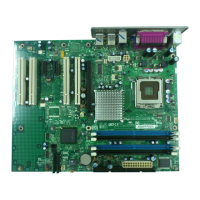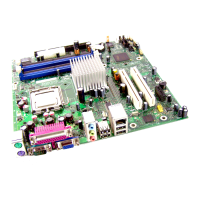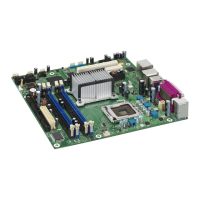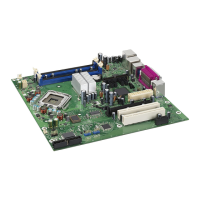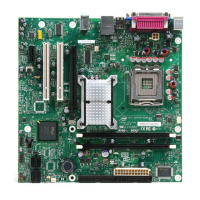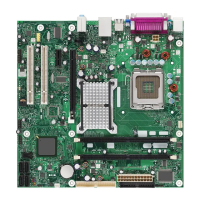Regulatory Compliance
61
Product Ecology Statements
The following information is provided to address worldwide product ecology concerns and
regulations.
Disposal Considerations
This product contains the following materials that may be regulated upon disposal: lead solder on
the printed wiring board assembly.
Recycling Considerations
Intel encourages its customers to recycle its products and their components (e.g., batteries, circuit
boards, plastic enclosures, etc.) whenever possible. In the U.S., a list of recyclers in your area can
be found at:
http://www.eiae.org
In the absence of a viable recycling option, products and their components must be disposed of in
accordance with all applicable local environmental regulations.
EMC Regulations
Desktop Board D915GVWB complies with the EMC regulations stated in Table 12 when correctly
installed in a compatible host system.
Table 12. EMC Regulations
Regulation Title
FCC Class B Title 47 of the Code of Federal Regulations, Parts 2 and 15, Subpart B,
Radio Frequency Devices. (USA)
ICES-003 (Class B) Interference-Causing Equipment Standard, Digital Apparatus. (Canada)
EN55022: 1998 (Class B) Limits and methods of measurement of Radio Interference Characteristics of
Information Technology Equipment. (European Union)
EN55024: 1998 Information Technology Equipment – Immunity Characteristics Limits and
methods of measurement. (European Union)
AS/NZS 3548 (Class B) Australian Communications Authority, Standard for Electromagnetic
Compatibility. (Australia and New Zealand)
CISPR 22, 3rd Edition,
(Class B)
Limits and methods of measurement of Radio Disturbance Characteristics of
Information Technology Equipment. (International)
CISPR 24: 1997 Information Technology Equipment – Immunity Characteristics – Limits and
Methods of Measurement. (International)
VCCI (Class B) Voluntary Control for Interference by Information Technology Equipment
(Japan)
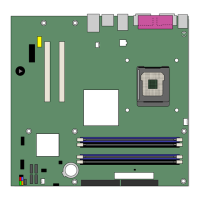
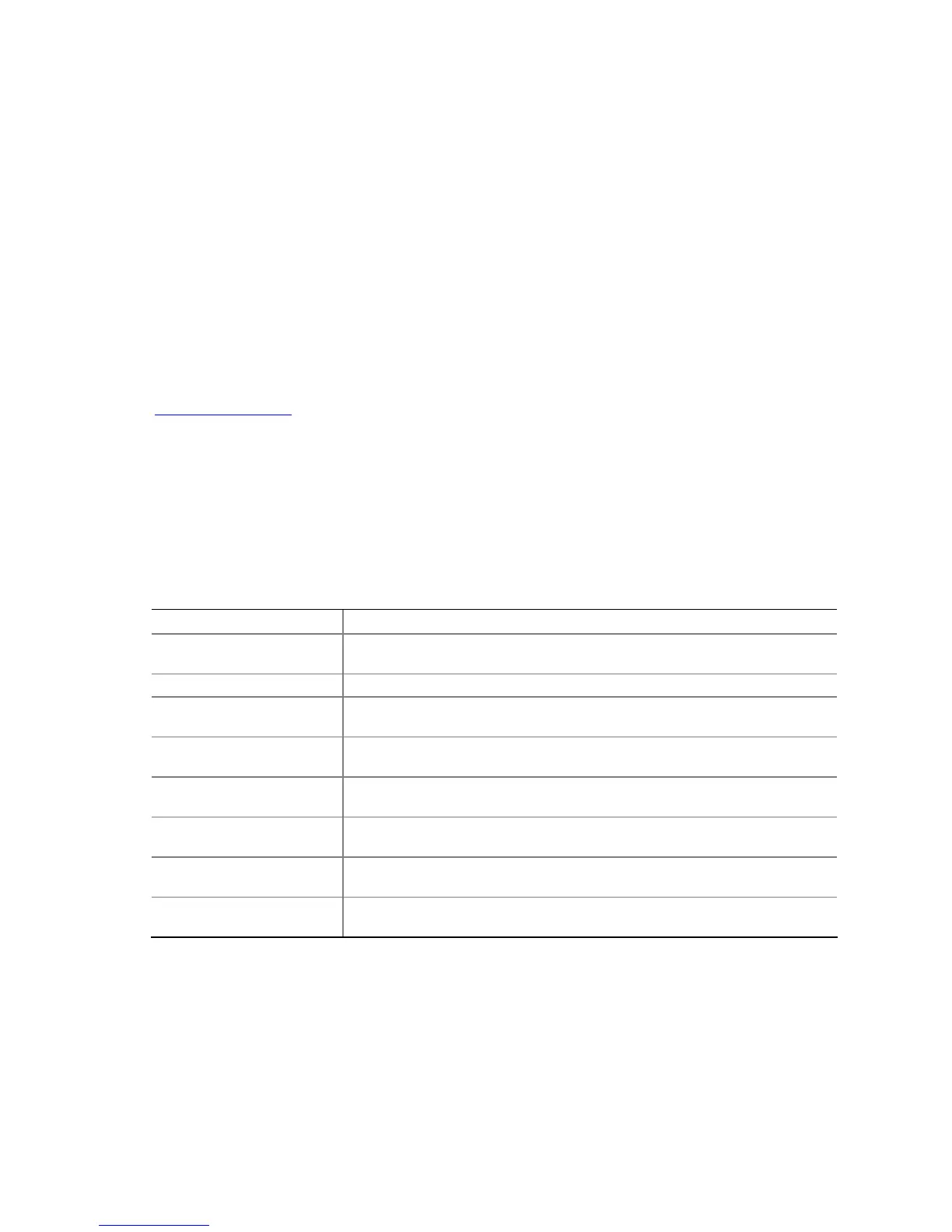